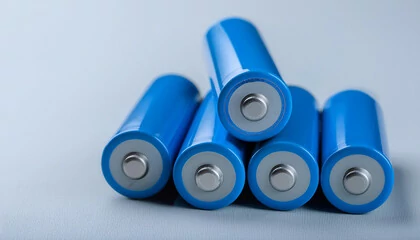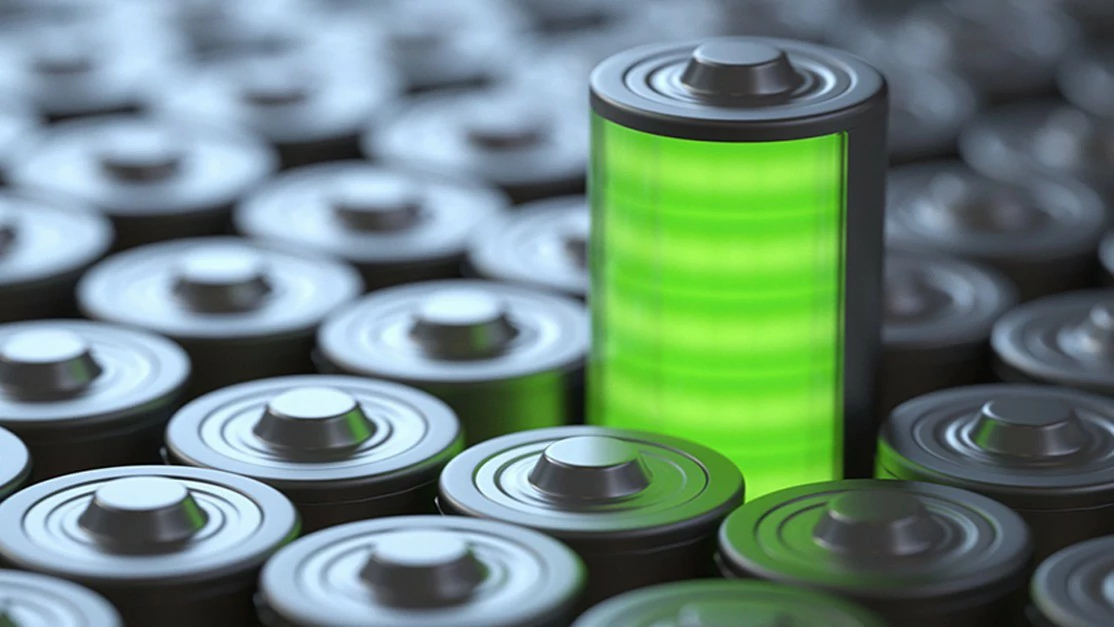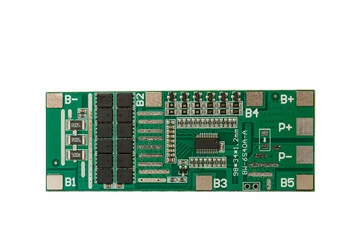Temperature adaptability principle
The temperature adaptability of motorcycle lithium batteries is the core technology that determines its ability to use in all regions. From the extreme cold snow field of -40 ° C to the tropical desert of 60 ° C, the migration efficiency of lithium ions between positive and negative electrodes, the stability of electrode materials and the fluidity of electrolyte have been severely tested. This paper will analyze how lithium batteries achieve performance breakthrough from -20 ° C to 60 ° C through material modification, structural optimization and intelligent temperature control.
Low temperature adaptability
1. Electrolyte low temperature activity revolution
At -20℃, the viscosity of traditional carbonate electrolyte surges to 10 times that of normal temperature, and the resistance of lithium ion migration increases significantly.
Solutions include:
Solvent system reconstruction: The mixed system of vinyl carbonate (EC) and low viscosity solvent (such as dimethyl carbonate DMC) is used to increase the conductivity of the electrolyte at -30℃ to 40% of the normal temperature.
Lithium salt formula upgrade: the introduction of lithium difluorosulfonimide (LiFSI) instead of traditional LiPF6, its dissociation at low temperatures increased by 50%, effectively reducing charge transfer impedance.
Nano additive: Add 1% of silica nanoparticles, through the surface hydroxyl and lithium ions to form a weak coordination, to establish a low temperature ion transport fast channel.
2. Spatial reconstruction of negative electrode materials
Graphite anode lithium insertion efficiency at low temperature decreases to 30% of normal temperature, innovation directions include:
Silicon-carbon composite negative electrode: 5% nano silicon particles are added to expand the graphite layer spacing (from 0.335nm to 0.37nm) through the silicon expansion effect, and the lithium ion embedding speed is increased by 2.8 times at -20℃.
Hard carbon/soft carbon composite: Construct a three-dimensional porous structure, the specific surface area increased from 3m²/g of conventional graphite to 150m²/g, providing more lithium ion storage sites.
Prelithium treatment: predeposit lithium metal on the surface of the negative electrode to compensate for the lithium loss during the formation of SEI film, so that the first cycle efficiency of -20℃ increased from 72% to 89%.
3. Intelligent regulation of SEI film
The solid electrolyte interface (SEI) film on the surface of the negative electrode thickens to 3 times that of normal temperature at low temperatures, and key technical breakthroughs:
Fluorination modification: A dense inner layer with 80% LiF content is formed by fluorine-containing electrolyte additives (such as FEC), and the ionic conductivity is increased to 1.2×10⁻³ S/cm (normal temperature level).
Self-healing mechanism: The introduction of dynamic crosslinked polymer can repair SEI film cracks through molecular segment movement at -30℃, and the cycle life is extended to more than 1000 times.
High temperature stability
1. The crystal structure of the positive electrode material is strengthened
Lithium Iron phosphate (LiFePO₄) olivine structure:Crystal stability is 3 times that of ternary material at 60 ° C. Thermal runaway temperature up to 270 ° C. Further increased to 300 ° C by doping with 5% manganese.
Terpolymer (NCM) surface coating: 2nm alumina coating inhibits transition metal leaching at high temperatures, increasing capacity retention from 65% to 92% at 60 ° C.
2. Electrolyte high temperature anti-decomposition technology
Fluorinated solvent system: The use of fluorinated vinyl carbonate (FEC) instead of traditional EC, decomposition temperature increased from 80℃ to 150℃, high temperature gas production reduced by 90%.
Flame retardant additive: The introduction of 0.5% trimethyl phosphate (TMP) increases the electrolyte flash point from 36 ° C to 125 ° C, and the thermal runaway triggering temperature is delayed by 20 ° C.
3. Thermal management system innovation
Phase change material (PCM) heat dissipation: paraffin/expanded graphite composite phase change material absorbs latent heat up to 180J/g at 55℃, so that the temperature difference of the battery pack is controlled within ±2℃.
Liquid cooling two-way circulation: glycol coolant circulates at a flow rate of 0.5m/s, with graphene heat conductive sheet (thermal conductivity 1500W/m·K), the heat dissipation efficiency is 5 times that of air cooling.
Conclusion
The temperature adaptation revolution of lithium batteries is moving from passive adaptation to active regulation. Genetic engineering of materials will accelerate the development of new electrolyte solvents, such as ionic liquids that remain liquid at -50℃; Solid electrolyte technology is expected to eliminate the temperature sensitivity of liquid electrolyte and achieve stable operation in the whole temperature range from -40℃ to 120℃. The AI predictive temperature control system will start the battery preheating/cooling 2 hours in advance through environmental perception, and control the temperature fluctuation within ±5 ° C.

START-STOP LITHIUM battery
Enov start-stop battery is designed to provide excellent performance for high-demand start-stop vaehicles. It adopts the third-generation intelligent lithium platform architecture to achieve technological breakthroughs in core indicators such as cycle life, environmental adaptability and energy density. Compared with the traditional lead-acid battery system, the energy efficiency is increased by 210%, the cycle life is extended by 8-10 times, and the monthly self-discharge rate is controlled within 3%. Enov's unique low-temperature battery technology makes a breakthrough in achieving stable output in the whole climate domain from -30℃ to 65℃, maintaining more than 90% of the effective capacity release under extremely cold conditions (-30℃), and maintaining 90% of the capacity in high temperature environments (65℃).
The start-stop battery series products cover the mainstream voltage platform of 12V/24V/48V, and support flexible configuration of LFP (lithium iron phosphate) and NCM (lithium nickel cobalt manganese oxide) dual-material system. All models adopt modular design to support customization of different model specifications. Enuo engineering and technical team to provide full cycle technical service support, if you need, please contact us.
Other products
UAV BATTERY
LITHIUM ENERGY STORAGE BATTERY
QUICK INQUIRY
FAQ
Access to high frequency technical questions with one click, get accurate answers on product application, after-sales policy and customization process.
Service and Support
Get the latest product specifications, explore professional OEM/ODM customization services, click to open exclusive technical support and production solutions.
Become a Partner
We sincerely invite resources to interconnect, work together for win-win development, and immediately open a new chapter of strategic cooperation!





